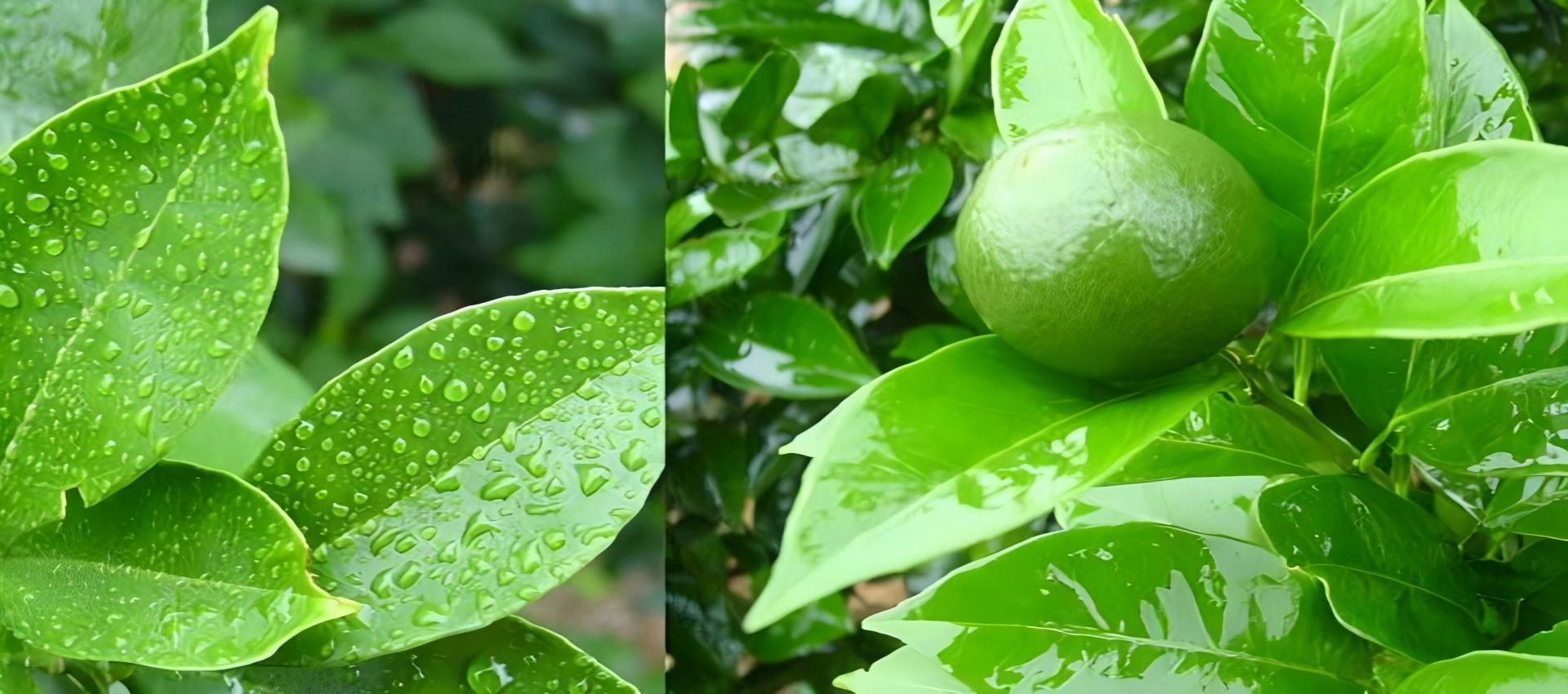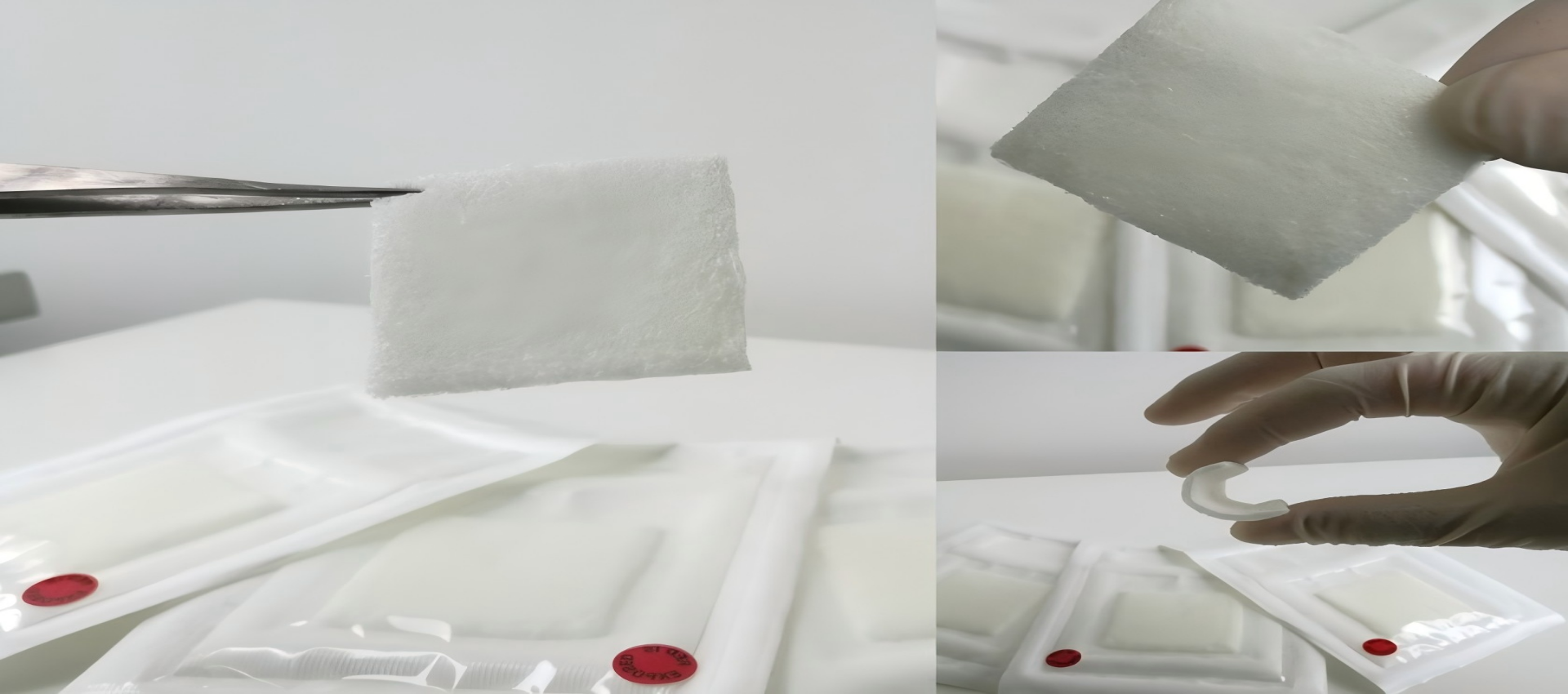
Methyl Hydrogen Silicone Fluid Factory

Methyl Hydrogen Silicone Fluid
Everything you need to know about our products and company
In an era where “clean beauty” and “eco-conscious formulation” have shifted from niche demands to industry norms, cosmetic developers face a pressing challenge: balancing performance with planetary responsibility. As consumers increasingly reject products containing microplastics, volatile organic compounds (VOCs), or non-biodegradable synthetics, formulators are turning to advanced ingredients that deliver luxury without compromise. Among these, methyl hydrogen silicone fluid (often referenced alongside its polymerized counterpart, PMHS—poly methyl hydrogen siloxane) has emerged as a game-changer, redefining what it means to create high-performing, environmentally friendly cosmetics.
To understand its role, let’s first demystify the ingredient. Methyl hydrogen silicone fluid is a linear organosilicon polymer with a backbone of silicon-oxygen atoms, dotted with methyl (-CH₃) and silanol (-SiOH) groups. Unlike conventional silicones (e.g., dimethicone), which are fully methylated and non-reactive, its reactive silanol groups make it uniquely versatile. But how does this translate to sustainability?
Skepticism around silicones in sustainable beauty is understandable. Critics often argue that even “biodegradable” silicones contribute to microplastic pollution. However, methyl hydrogen silicone fluid differs in two key ways:
Biyuan’s R&D team echoes this, noting that their switch to methyl hydrogen silicone fluid in 2022 led to a 60% reduction in customer complaints about “white cast”—a common issue with heavier silicones—while maintaining the product’s ability to lock in moisture.
As regulatory pressure mounts (the EU’s new Cosmetic Regulation, for instance, restricts microplastics in rinse-off products), methyl hydrogen silicone fluid is poised to become a staple in sustainable formulations. Brands like Biyuan are already leading the charge, combining it with other bio-based ingredients (such as sugarcane-derived squalane and upcycled fruit extracts) to create products that are both indulgent and responsible.
For formulators, the message is clear: sustainability no longer means compromising on performance. By leveraging methyl hydrogen silicone fluid’s unique properties—from emulsion stabilization to active protection—cosmetic innovators can meet consumer demand for clean beauty while safeguarding the planet.
In the words of Biyuan’s Chief Formulator, “We’re not just making ‘greener’ products—we’re reimagining what beauty can be. Ingredients like methyl hydrogen silicone fluid are proof that progress and sustainability go hand in hand.”
Our most popular products loved by customers worldwide
Methyl hydrogen siloxane serves as a multifunctional additive that significantly improves processing characteristics and final properties in silicone rubber applications. This specialized silicone fluid features reactive Si-H groups that enable efficient cross-linking through hydrosilylation reactions with vinyl-functionalized silicone rubbers. .
Medical-grade Methyl hydrogen siloxane serves as a versatile functional material in healthcare applications, combining high purity with reactive Si-H groups for enhanced performance. This specialized silicone fluid enables precise cross-linking in implantable devices, provides controlled drug release matrices, and creates anti-fouling surface coa.
Methyl hydrogen siloxane serves as a versatile functional additive in personal care products, leveraging its unique Si-H reactivity and silicone properties to deliver enhanced performance across various applications. This specialized material acts as an effective cross-linker in hair care products, creating durable yet flexible films that provide.
Methyl hydrogen siloxane serves as a innovative processing aid that enhances both the efficiency of leather manufacturing and the quality of finished products. This reactive silicone fluid improves leather softness and flexibility through effective fiber lubrication and molecular-level modification. Its unique chemical properties enable superior .